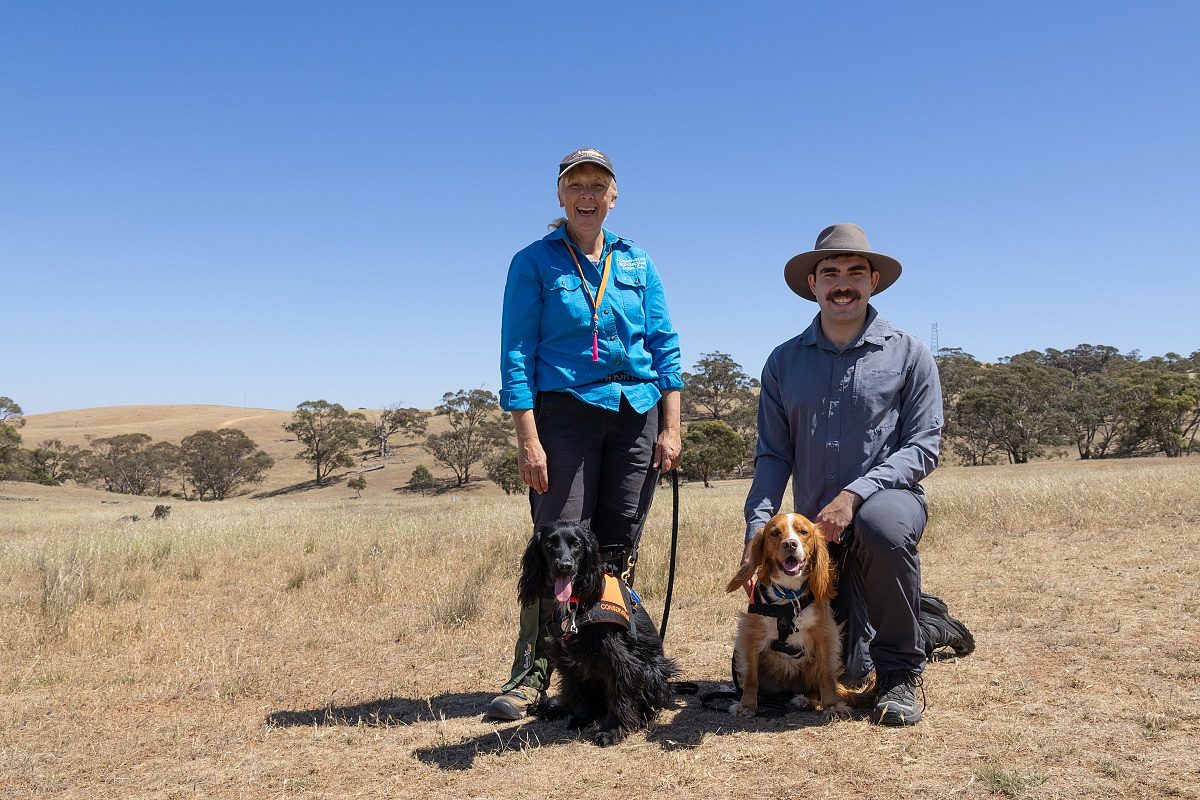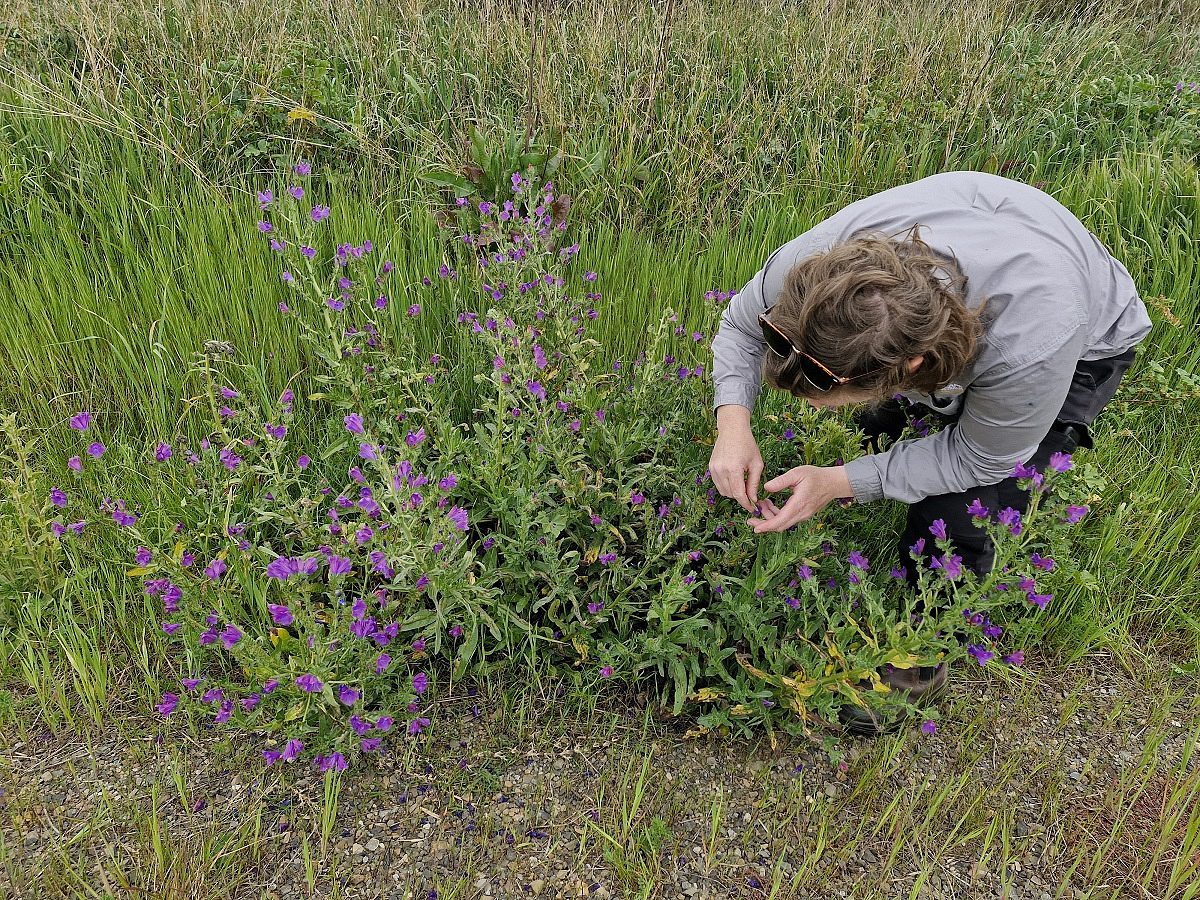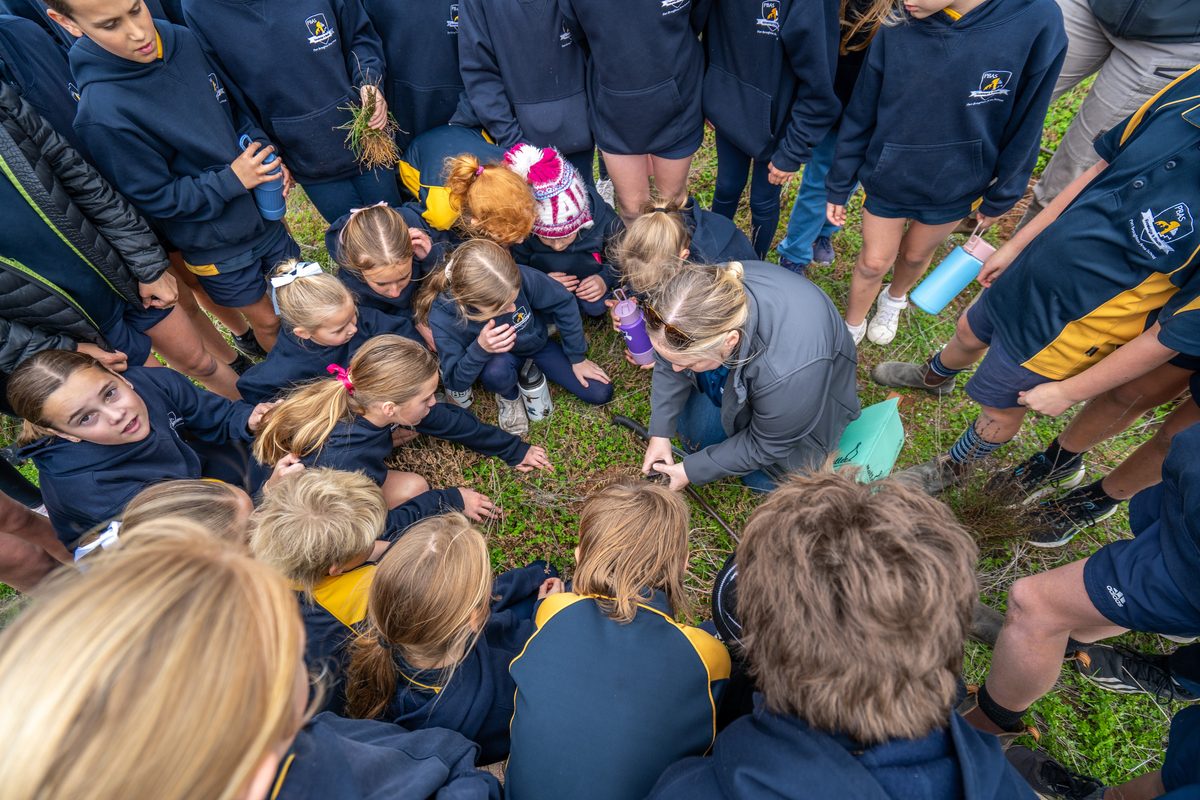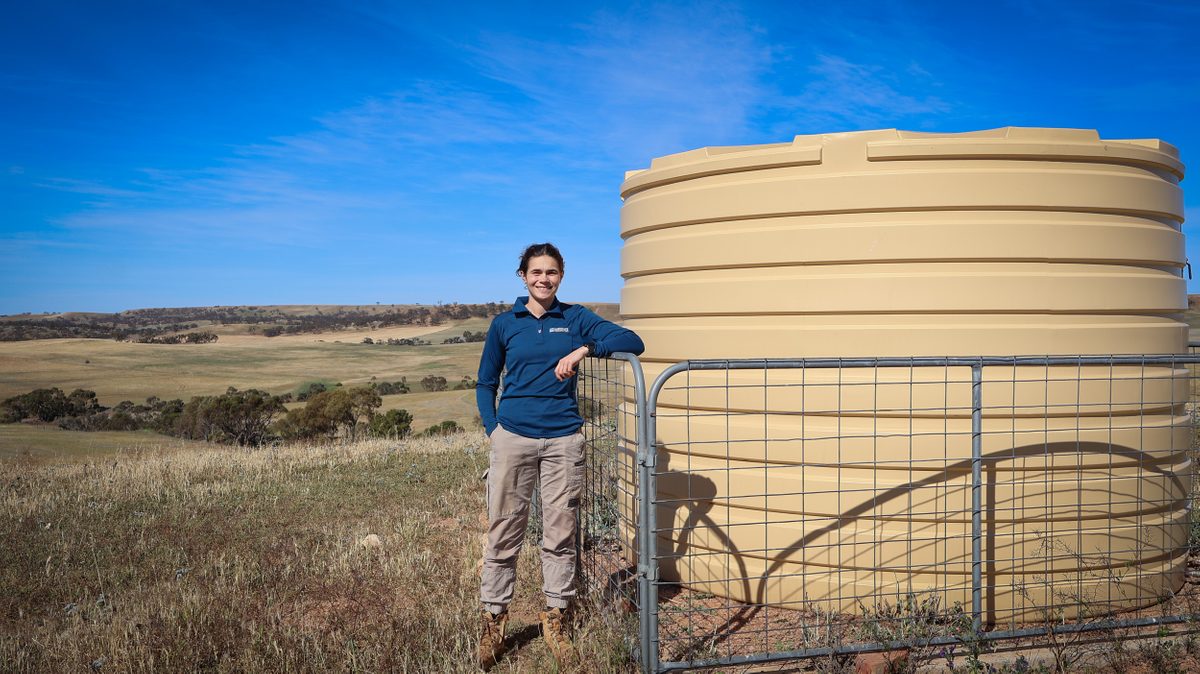Sniffer dogs in training to track tiny lizards in Mid North
Detection dogs are in training to sniff out endangered pygmy bluetongue lizards as part of a 2-year conservation project in the Northern and Yorke region.

Flinders University, Northern and Yorke Landscape Board, Nature Foundation and Conservation & Detection Dogs SA are working together to improve the survival prospects of this tiny lizard that now remains only in South Australia’s Mid North.
The dogs will track pygmy bluetongue lizards (Tiliqua adelaidensis) in grassland areas, using finely-honed smell receptors to locate lizards hidden deep in trap door spider holes, which the lizards commonly call home.
Northern and Yorke Landscape Board’s Nick Modra said the hope is that detection dogs would save significant time previously spent on monitoring.
“Working out lizard numbers in a population takes trained researchers with specialist equipment a large amount of time due to how cryptic the lizards are,” he said.
“It’s hoped the detection dogs will quickly and accurately allow researchers to count the number of lizards in an area, as well as indicate whether they are present in previously unsurveyed areas.”

Conservation & Detection Dogs SA has worked on a range of conservation projects including detecting koalas, shingle back lizards, yellow sedge skipper butterfly larvae and fox dens.
Its brother and sister team of spaniels, 2-year-old Badger and Hettie, are currently in training and face unique challenges in detecting pygmy bluetongue lizards, according to their trainer Mandy Jones.
“The pygmy bluetongue lizard is underground in a burrow that at some point in time had another species living in it,” she said. “It is also a cold-blooded reptile, which means that the amount of odour coming off the lizard is likely quite low, especially in cooler weather.
“But they’ve had several training sessions and already Hettie in particular is showing great promise. We recently visited a translocation site and she couldn’t wait to get out of the car. She almost dragged me to the site and was doing intense sniffing and tail wagging.”

Flinders University Professor of Biodiversity and Ecology Mike Gardner said the project was part of a greater effort to understand how to effectively move lizards to ensure their long-term survival.
“The pygmy bluetongue lizard’s survival is threatened not only by habitat fragmentation but also climate change – so we need to know how to move lizards southward in order for them to survive,” he said.
“The cooperation of landowners is paramount to ensure a positive future for the lizards, so we are thankful to the farming families involved for being so on-board with our conservation efforts.”
This project continues Northern and Yorke Landscape Board’s involvement in the conservation of pygmy bluetongue lizards. It completed a 2-year project last year and has also funded Nature Foundation’s efforts to monitor the health of lizard populations near Burra through its Grassroots Grants program.
Pygmy bluetongue lizards, which have pink tongues, are the smallest of the Tiliqua genus and are known to persist in about 40 native grassland sites on private properties in the Mid North.
In addition to surveying the remaining population, the project will help land managers improve the health of grasslands on their properties by funding fencing and waterpoints that limit grazing on the lizard’s habitat and providing up to 200 iron-grass seedlings and guards for 10 properties over the next 2 years. The tussock-forming plants provide shelter for the lizards and food for their prey.
This work not only helps the lizards, but also benefits farm profitability through improvements in pasture productivity, nutrition benefits and stock management.
This project received grant funding from the Australian Government Saving Native Species Program.


